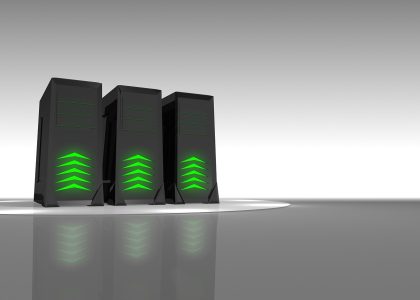
Data centre design services managers must invest in UPS batteries and to protect their sensitive equipment against power surges and current fluctuations. At their turn, UPS systems rely on an energy source to store power while the mains supply works properly. Then, as an outage or another kind of problem occurs, these sources deliver back the power to the UPS, allowing it to protect IT equipment and to keep systems operational.
Sometimes, UPSs need to be able to deliver power for relatively longer periods of time. Nevertheless, more often than not they only need to provide short-term support, either to allow the proper shutting down of all systems or to enable a generator to take over.
VRLA Considerations
While the purchasing cost of VRLA batteries is relatively lower, li-ion types are still expensive. VRLA batteries are safer and more environmentally-friendly than the previous open-vented models. Also, they need less maintenance, thus allowing data centre managers to keep their operating costs under control. Their only problem is that their impedance increases over time, the result being a diminished power capacity.
At times, their impedance can spike, particularly in the event of an over-charging. This means they must be regularly inspected to identify and replace all faulty cells. There’s also the option to install a fixed battery monitoring system.
VRLA batteries require a temperature-controlled environment, as their features and capabilities may vary a lot with temperature fluctuations. Should the temperature significantly rise above the recommended 20°C, VRLA batteries mat suffer irreversible damage. According to experts, their life expectancy halves with each 10°C increase in their average operating temperature.
Low temperatures are much safer, but they lead to a lower performance of the battery. It isn’t uncommon that a battery designed for a five-year useful life lasts only three or four years, while a 10-year one lasts only seven to eight years.
Chemistry and Performance Of Li-Ion Batteries
Even though Li-ion batteries are more expensive than VRLA, they enjoy a longer useful life. They may last 12-15 years. The other good thing about Li-ion batteries is that they are 60% lighter and 70% more compact and they can work flawlessly at higher temperatures than VRLA.
It is worth mentioning here that Li-ion batteries designed to power UPS systems are different than the ones in smartphones, as they are optimised for safety rather than power intensity. This makes them explosion-proof, so they can safely sit within the UPS enclosure rather than needing a separate enclosure. Li-ion batteries require maintenance, but at longer intervals than VRLA and with simpler routines.
The improved performance of Li-ion batteries comes from their chemistry; their internal processes are fewer and less complex than those in VRLA batteries. They start by dissolving the internal structure of active materials, and then rebuild everything within the two electrodes. They use sulphuric acid as electrolyte and they generate energy-wasting secondary reactions that decompose water to oxygen and hydrogen.
Conclusions
The lower initial price and the iron clad reliability of VRLA batteries are the main reasons for their current popularity. Nevertheless, the longer useful life and the reduced maintenance are solid arguments in favour of Li-ion batteries. Also, the fact that they help saving space for data centre managers can tip the scales in their favour, provided that their initial price goes down.




